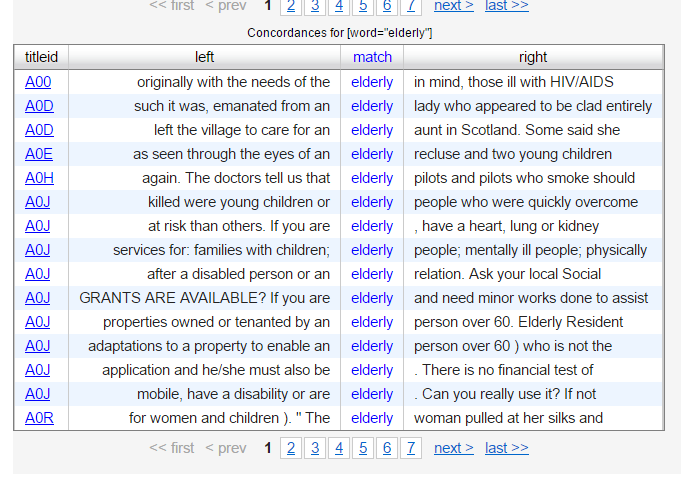I have used some rubbish books in my time as a teacher. I have not used many great ones but I have used some half decent ones, the caveat being that those books were targeted at specific business skills or selected skills that learners needed (based on a pre-course needs analysis).
Anyhow, I have found myself dragged into coursebook debates a few times on Twitter and I am going to refrain from entering any more of them for one year after this post unless they end up being useful for my Master’s degree studies.
There are some excellent critiques of coursebooks: Geoffrey Jordan (1, 1.5, 2) and Rosemere Bard give well-reasoned takedowns (1, 2). The only defences I’ve seen for textbooks that seem to hold any weight are from Twitter people Anne Hendler and Tim Hampson, that teachers are worked too hard to plan several different lessons and select materials so having something to take in to class is a godsend, although the defences were nuanced and acknowledged that the materials were not perfect. The defences I’ve seen from materials writers are less rigid.
Mike S. Boyle posted a defence that focussed on the general sales pitch of coursebooks.
I’m going to look at these six points now.
1. You are a busy, overworked teacher and you don’t have time to prepare.
Possibly this could pass muster. However, the amount of time taken to mine a textbook text for useful language could be done with the newspaper or another authentic text on the way to work or within a few minutes. And by text I mean audio or video as an option there, too. You could also put the onus on students to bring in something they’d like to look at or set them homework to find out about a topic that interests them and report their findings (and/or further questions) to you. It’s going to generate some discussion at least, and if it is coming from the learners it is going to generate language about a topic or situation they want to talk about.
2. You are new to teaching, your school has given you little or no training, and you need obvious structure and guidance.
You had no training? Not even a ‘Teach Yourself TEFL’ book from the library before you boarded a flight? Well, perhaps the coursebook will appeal to you for the first couple of weeks until you bore yourself senseless with the same topics raising their head over and over again. And you’ll be repeating those lessons until your students get to the next level, which will lead you to supplementary materials and realia so you don’t have to look at the book again. If you are lucky enough to have a good book at a crap school that doesn’t care about its teachers then excellent, use it. However, if your school cares little about your training, they’re unlikely to care about your materials, are they?
3. Your class is huge and your students are either required to be there or do not seem to have clear goals for studying English.
If your class is huge, a book is of no consequence. The resources you have are the resources you have. Are you really guiding a class of fifty, sixty or seventy in lockstep through the present perfect? Or do you have several groups of four or thirty-odd pairs having a meaningful conversation about a topic that is likely to interest them and then talking to others in the class?
4. Your students are traumatized from junior high and high school English and are terrified of speaking and making mistakes.
This is unrelated to the book. You can help shy students prepare with offline planning of tasks by writing down what they want to say, asking partners for help and then have them negotiate meaning in a conversation. Yes, Language Classroom Anxiety is a real phenomenon, but having a grammar syllabus on the table is going to help nobody shake the anxiety, no matter how friendly and zappy the illustrations may be.
5. Your students have had a lot of prior exposure to English (though it may not have stuck) so you know you may need to jump in and out of the book a lot, skip over some things, and supplement other areas with extra stuff which you will need to find in a resource pack because you have no time.
If you need to skip over some things, students will start to wonder why they have had to pay between US$20 to $50 for a book that they haven’t covered everything from. Do you skip novel chapters? No, you do not, and a coursebook is a different thing but students want value for money and if they have bought a book they will want to cover it completely, whether it benefits their language development or not. This appears to be setting up some teachers for a fall.
6. At some point in the nearish future, your students are going to have to pass a life-altering high-stakes exam that covers a very specific set of skills, question types, language items, etc.
Yes, they may. Are they being tested on grammar? Then a grammar book is useful. Vocabulary? A vocabulary book. Everything? Then you need to focus on developing their use of language, which a structural syllabus fails to address due to it not taking into account what is learnable by the learners according to their interlanguage state. If they have the chance to learn language through communication and negotiated meaning, allowing them to test internal hypotheses, they are going to internalise the language much more easily than attempting to learn rote the example grammar in the language focus.
Hugh Dellar does acknowledge that a basis of structural grammar is of limited use and that cultural imperialism through the back door is an issue but he does not make a solid argument for the presence of the book in the classroom. I’ve read some well-argued stuff from Hugh regarding the Lexical Approach (which seems like it is an approach desperate to be tacked on to a methodology but this is not the time for that) but his argument doesn’t say anything this time apart from that he is trying something new (yes, he is).
So, now on to my own views.
Books are foisted onto teachers and learners. Generally. Not always, but generally. They are then assumed to be the syllabus for the class.
They strongly favour a PPP approach, and the presentation of grammar in a sequence, often with the presence of review units, frequently a collection of multiple-choice questions.
The listening and reading ‘tasks’ are often multiple-choice insults to intelligence at worst or shooting fish in a barrel at best. If there is an open question it is OK, but this helps to give lie to the status of the teacher or coursebook author dictating the questions that ought to be asked about a text. There are also tons and tons of display questions, which are rarely used in life other than as passive-aggressive rhetoric.
The listening is too often too stupid in that it is ludicrously slow, and completely unlike authentic listening.
There’s little discourse awareness given to learners, with fillers being thrown in occasionally but normally nothing about adjacency pairs or conversation management, the absence of the latter helping to nullify Boyle’s arguments for the book as a crutch for inexperienced or untrained teachers.
Lexically, in many of the structural syllabus coursebooks, there are sets and they are frequently unchallenging due to them being so familiar in students’ lexical landscapes an/or loanwords, so what is the point unless you are looking to separate the front and back cover to justify the price.
Phonemic awareness is given short shrift and even then, learners are given no guidance about what they need to do with their mouths to achieve these sounds (again, what does the fabled inexperienced teacher do here other than talk rubbish about it or hope for the best with magic and accident?). There are no sagittal diagrams or even explanations that diphthongs glide from one position to another so the mouth needs to move when you make this sound.
I think I have covered most of my gripes but if I have missed anything, do let me know by the 7th. Good night.

